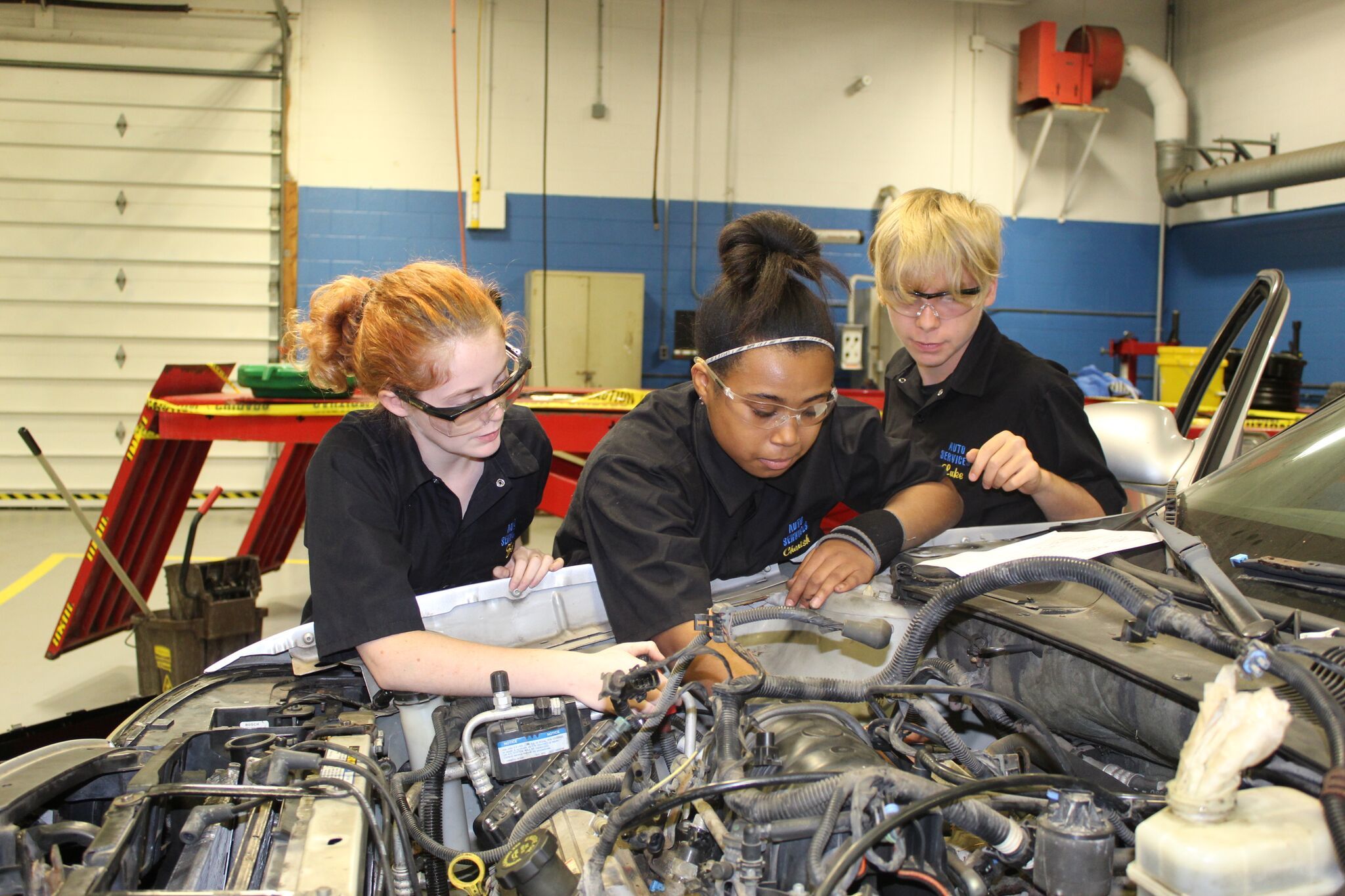All Categories
Featured
2 of the most vital tire solutions are tire rotation and alignment. If you're unknown with what tire rotation and placement involve, right here's an extensive appearance at why they matter and how they profit your automobile.
What Is Tire Turning? Tire rotation refers to moving your tires from one placement to one more to ensure they wear evenly. The factor tire rotation is needed is since not all tires use the very same way. In front-wheel-drive lorries, for instance, the front tires handle both steering and power, that makes them use out faster than the rear tires. Similarly, the back tires use differently in rear-wheel-drive and all-wheel-drive cars.
By revolving your tires regularly, you can stabilize out the wear throughout all 4 tires. This assists them last longer and permits for even more also traction, boosting handling and stability. The majority of producers recommend turning your tires every 6,000 to 8,000 miles or as per the lorry's handbook.
What Is Tire Placement? Tire positioning, likewise understood as wheel placement, refers to the procedure of readjusting the angles of your auto's wheels to fulfill the supplier's specs. The objective of alignment is to guarantee that all four tires are pointing in the ideal instructions and at the correct angles, which enables optimal handling, safety, and tire life.
There are three major placement angles that are adjusted throughout an alignment check:

Camber: The tilt of the wheels when checked out from the front. If the camber is off, it can cause unequal tire wear, as the tire will not make complete call with the road surface area. Wheel: The angle of the steering axis when seen from the side. Correct caster alignment makes certain that your lorry is steady when driving straight and that your wheel go back to its regular position after a turn. Toe: The angle at which the tires direct internal or external when viewed from above. Wrong toe positioning can create the tires to drag, leading to uneven wear and decreased fuel performance. Misalignment can occur with time because of regular driving or from striking obstacles like curbs or splits. If your placement is off, it is necessary to get it examined and fixed to stay clear of problems later on.
Why Tire Turning and Alignment Matter. Raised Tire Life:. Regular tire rotation makes sure also tire wear, assisting you obtain the most mileage out of your tires. Unequal wear can create you to change tires prematurely, which can be expensive. When your tires put on equally, they last longer, saving you money in the long-term.
Improved Lorry Handling:. Correct placement maintains your lorry driving straight and secure, especially at greater rates. Misalignment can trigger your automobile to draw away, making it tougher to steer. By keeping your tires aligned, you guarantee your car takes care of a lot more efficiently and naturally.
Improved Security:. Tires that are not revolved or aligned effectively can wear erratically, influencing just how well your automobile quits and edges. Misaligned tires or tires with irregular wear patterns may create minimized traction, specifically in damp or icy conditions, leading to a higher danger of crashes.
Better Gas Effectiveness:. Tires that are misaligned can create moving resistance, implying your engine needs to function more challenging to move the automobile. This raises gas consumption and lowers your car's fuel performance. Proper tire positioning decreases rolling resistance, which can improve gas mileage.
Indicators Your Tires Need Rotation or Alignment. While it's vital to stay on top of routine tire turnings and placements, there are a few indicators that might show your tires require interest:
Irregular Wear: If you see that one tire is more used than the others, it's likely time for a turning. Guiding Pull: If your vehicle pulls away or feels off-center, maybe a sign of misalignment. Vibrations: If you feel vibrations in the guiding wheel or the automobile, it might be due to a positioning concern. Noisy Tires: Screeching or loud tires could suggest improper rotation or misalignment. If you see any one of these indicators, it is necessary to get your tires inspected by a specialist.
Exactly How Frequently Should You Rotate and Align Your Tires? Tire turning must normally be done every 6,000 to 8,000 miles, though this can vary based on your driving conditions and the type of vehicle you drive. It's additionally a good idea to have your tires revolved whenever you obtain an oil modification.
For alignment, you must have your tires lined up every 1-2 years, or more regularly if you see any type of issues with taking care of or uneven tire wear. If you hit a big pocket or visual, it's smart to obtain a positioning check immediately.
Conclusion: Regular Maintenance for Ideal Efficiency. Tire turning and positioning are two straightforward but important solutions that maintain your cars and truck running smoothly, successfully, and securely. By revolving your tires regularly and keeping your wheels appropriately lined up, you can expand the life of your tires, improve handling, and appreciate far better gas performance. Don't wait for your tires to reveal signs of wear-- timetable regular upkeep to keep your cars and truck in top shape. Regular tire treatment is a financial investment that repays in the future, maintaining you and your guests risk-free on the road.
Latest Posts
Unlock Your Dream Fence with Flexible Financing Options
Transform Your Home with High Quality Floor Covering Solutions
Montclare Auto Repair: Top Destination for Brake & Engine Repairs